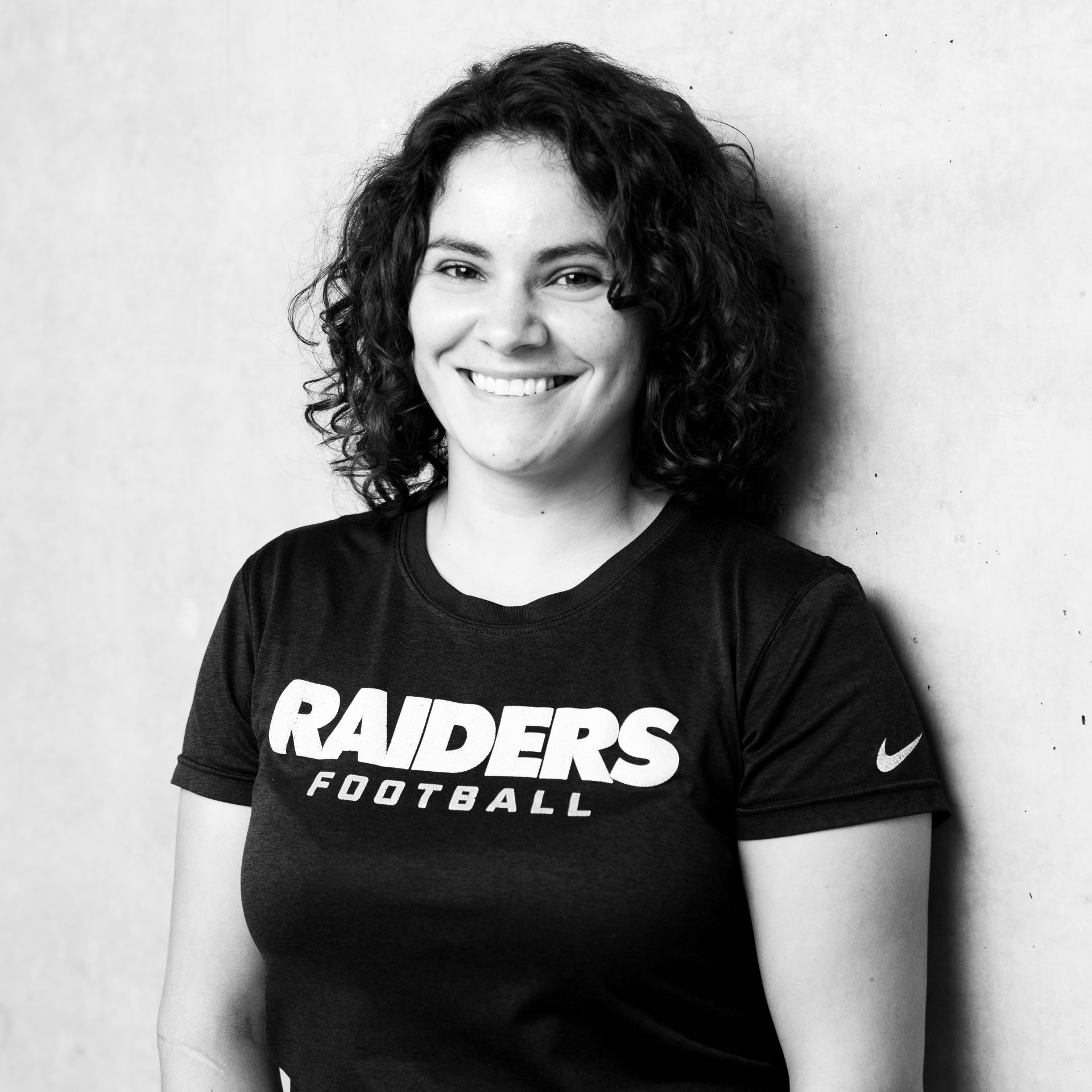Angelica Godinez on Visual Perception and Life at SCIoI
Angelica Godinez is a vision scientist and a postdoc researcher at SCIoI working in Martin Rolfs’ team on Project 2. Her research aims at understanding visual perceptual processing and action in humans in order to contribute insights to AI and robotics. We spoke to her in order to better understand her project and her work, and here is what she said:
You are a vision scientist who studies visual perceptual processing in humans. Can you tell us more about this topic, and about what brought you to SCIoI?
Visual perceptual processing refers to the cascade of processes and skills that allow us to take physical quantifiable information such as quanta of light and form meaningful abstract visual representations, such as color or motion. Within the broad area that encompasses visual perceptual processing, I am interested in how we process 3D information. At the very basic level, we have two retinae, each with a 2-dimensional mosaic of photoreceptors, and after a few computations, we get the sensation of seeing in depth.
What brought me to SCIoI was the audacious and innovative idea of doing parallel experiments in humans and in robots in order to find discrepancies between these systems, and the constraints that drive these discrepancies. We hope that this approach can contribute insights to human visual processing and artificial intelligence.
Can you tell us a little more about your project at SCIoI? What are its main goals? Challenges? Future implications?
The general idea behind our project is to explore human information processing for perception and action. We hope to focus our attention on information processing for seeing and moving in depth. Currently, we are in the process of validating a model that my project collaborator (Aravind Battaje) has developed. What I mean by “validating the model” is that I am conducting experiments in the human to later run the same experiments in the robot and determine whether the algorithm accurately predicts the human data. One of the challenges of our project, and probably also across such a trans-disciplinary structure, is finding the overlap where an experiment can be of interest to our sometimes-disparate research areas or interests. Our project has the potential to contribute to virtual and augmented reality, autonomous vehicles and implications in understanding typical and atypical binocular visual processing. Setting my specific project and challenges aside, I believe that this type of model (trans-discipline) that is employed at SCIoI has the potential to contribute greatly to the many fields involved. The difficulty is getting started.
What does visual perception in humans have to do with AI and robotics? Do we want robots to see the way we do? Why?
The human brain is the site of some of the most computationally complex and efficient algorithms we know. Therefore, people in AI and robotics have traditionally looked at biological systems for problems to solve and for inspiration for new models. Vision in particular offers AI and robotics well over four decades of research and observations (starting with Kepler’s 1604 explanation of the optics of the eye). As more of our world gets automated, there is an increased need to understand how humans compute such things as motion, depth and color (to name only a few) in order to improve current AI and robotic systems.
How do you think your project relates to SCIoI’s mission?
SCIoI’s mission is to derive principles of intelligence. Our project makes an attempt at deriving such principles by exploring a problem the human system has to solve (i.e., 3D information processing for perception and action) and in parallel, test our understanding of such principles by feeding in such principles (programs) into a synthetic intelligent algorithm (i.e., robot).
You just went to the US on a conference trip with your team. How was that?
Recently, we went to the Vision Science Society (VSS) conference at St. Petersburg, Florida. I’ve been going to this meeting for ten years now, and I always feel inspired and energized when I return. VSS is where vision scientists from all over the world congregate and show off their newest research, dazzling illusions and potentially new technology. I am always so amazed at the work that is being done and undoubtedly return with some inspiration for current and future projects.
Is there anything else you can tell us about yourself? For example, How do you like Berlin? How does it compare, academically/professionally speaking to your previous workplaces?
Berlin is great! There is no shortage of things to do and trouble to get into. But beyond Berlin, SCIoI is a great place to work in –– and my previous institution was UC Berkeley, so there’s a bit of competition. By far my favorite thing about working at SCIoI are the numerous opportunities for professional and personal exchange with other postdocs and PhD students (e.g., PhD/ postdoc symposium and team space). However, I must admit, what I do miss about my previous institution (UC Berkeley) is the vast and beautiful campus. I used to take long walks under the canopy of the redwoods and along the river that run across campus whenever I wanted to clear my head or exchange scientific ideas with someone. That being said, I’ve started taking such walks along the Landwehrkanal and those have turned out to be quite pleasant as well.





